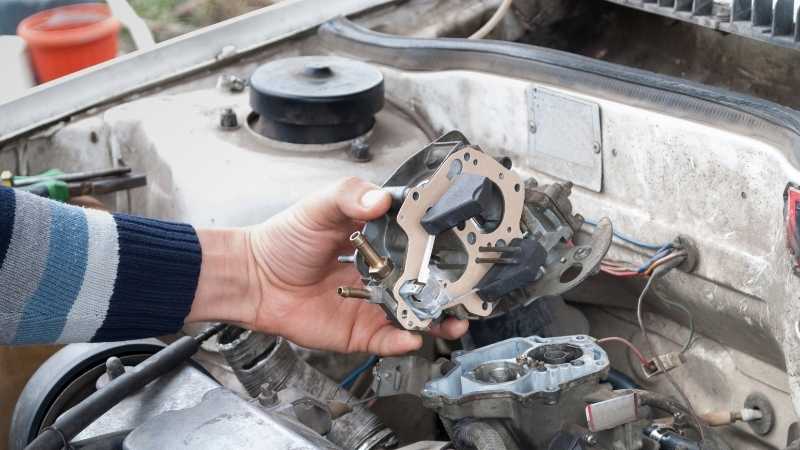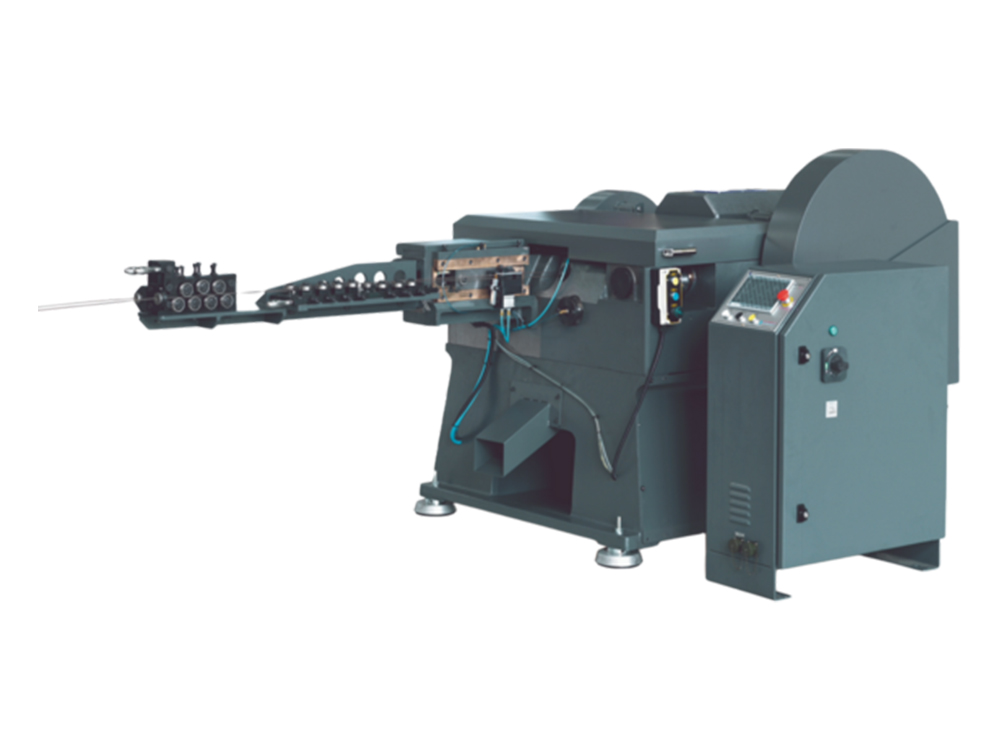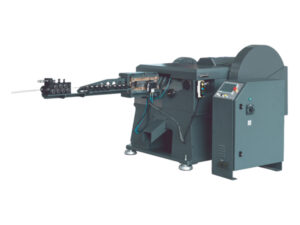Your muscle car or hot rod came equipped with a carburetor. Although most modern vehicles use fuel injection instead, some high-performance vehicles use carburetors for improved fuel delivery. If you’re new to auto mechanics, you may need a basic primer on how carburetors and fuel injection systems differ. This short guide explains how each of these fuel delivery options works.
A Quick Overview of Carburetors
Before the 1970s, most vehicles used carburetors. They’re simple components that help provide a proper air/fuel mixture to automobile engines. Their design is rather straightforward, consisting of some key components that route fuel and air to the engine:
- Main carburetor body, shaped like a tube
- Throttle plate, which controls airflow into the unit
- Venturi, a narrower space inside the carburetor
- Main jet, a passage through the engine pulls fuel
- Idle jet, a small hole that trickles fuel to the engine
How Carburetors Work
Now that you’ve seen the outline of a carburetor’s components, you can better understand how it works. Whenever you press your accelerator pedal, the throttle plate opens to allow air into the carb unit. A vacuum is formed in the venturi, which draws fuel into the engine through the main jet. When the throttle plate is closed, the idle jet allows a very small amount of fuel into the engine to keep it from stalling.
Racing Carburetors
Muscle cars and street may have come with stock carburetors, but these are often upgraded before race time. A racing carburetor can boost power by improving fuel delivery. How? Well, the key lies in the design. For instance, Edelbrock’s AVS2 carburetors include annular flow primary boosters paired with enhanced calibration plus eight equally-placed holes for better fuel atomization. Several brands specialize in producing racing carburetors: Edlebrock, Holley, Demon, Proform, FST and many more.
Fuel Injection Systems
Nearly every vehicle manufactured after 1990 uses fuel injection. While it also ensures proper air/fuel mixture in the engine, it works on a different principle. The fuel pump draws from the tank, routing the gasoline through fuel lines to fuel rails where the injectors can draw it in. The injectors then spray it as a fine mist at precise angles into the cylinders. Fuel injection systems were invented to eliminate difficulties with starting in cold weather and allow finer control of fuel delivery.
Carburetor EFI Mods
What if you want the efficiency and performance of fuel injection but have a carburertor in your vehicle? Thankfully, you can get the best of both worlds by installing an electronic fuel injection bolt-on system for your carburetor. The Holley Sniper EFI is one of the most popular choices on the market for several reasons:
- Bolt-on installation
- Improved fuel economy
- Ability to fine-tune air-fuel ratio
- Fuel table self-learning capability
The Sniper comes in several versions. Some include just the EFI, while others like the Holley Sniper 510-550-511K4 also incorporate Holley’s HyperSpark ignition timing mod.
Exhaust Modifications
Installing an EFI is just one possibility. Exhaust mods are another upgrade choice. For instance, installing JBA Performance exhaust components can improve air intake and exhaust flow rates. Together, these mods can help you get more power out of your engine.

















